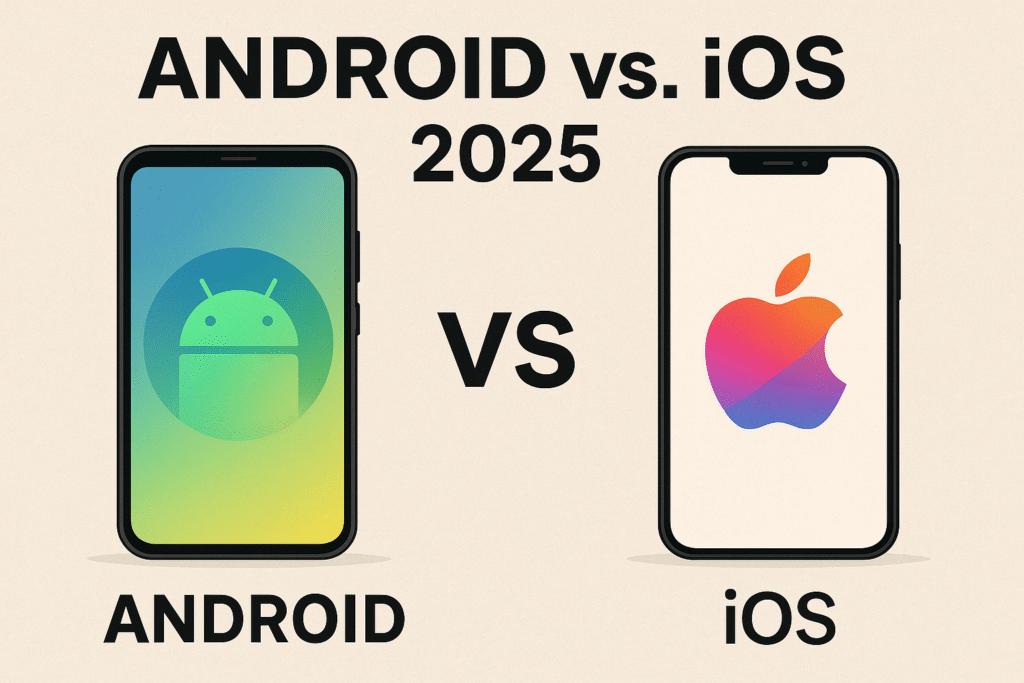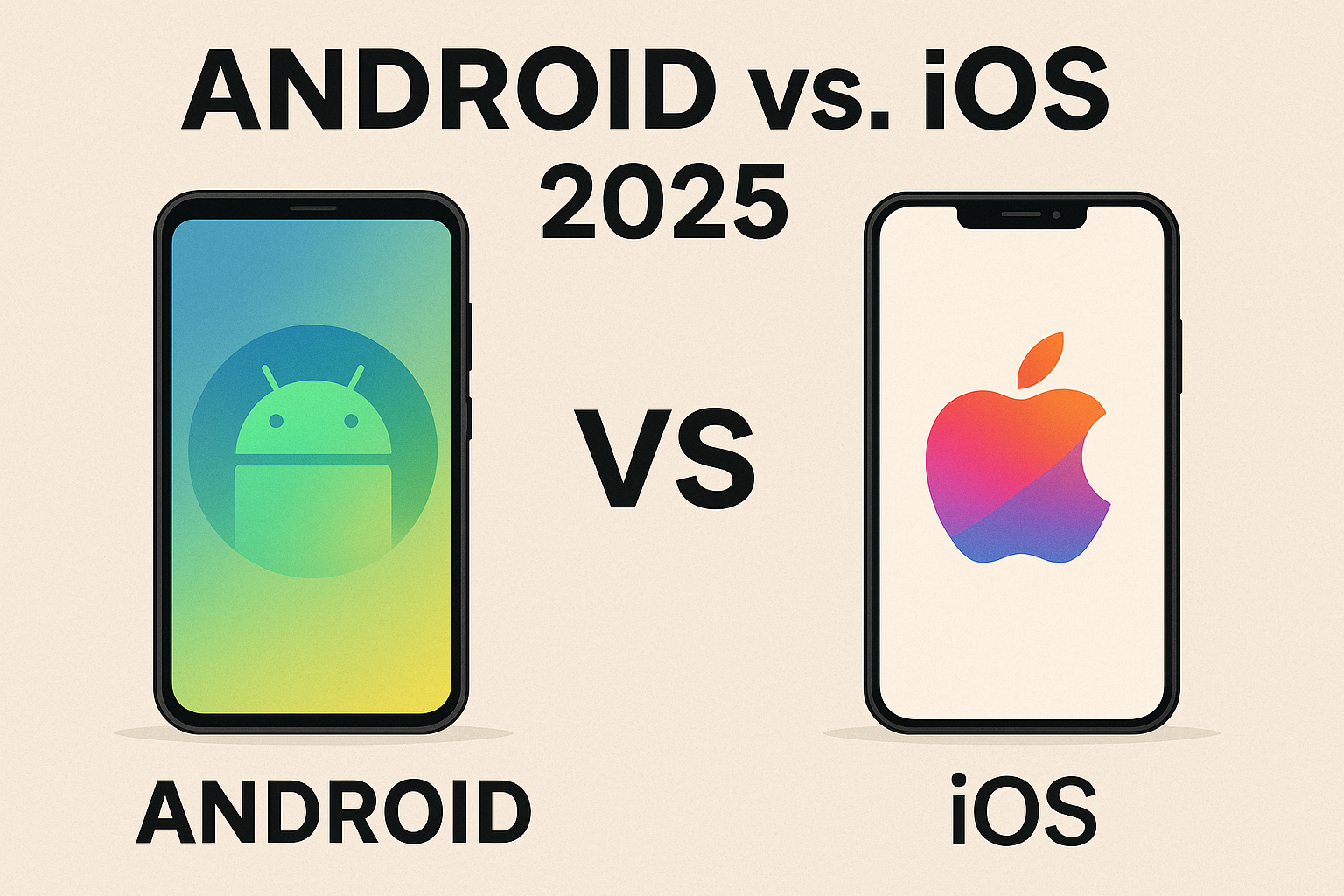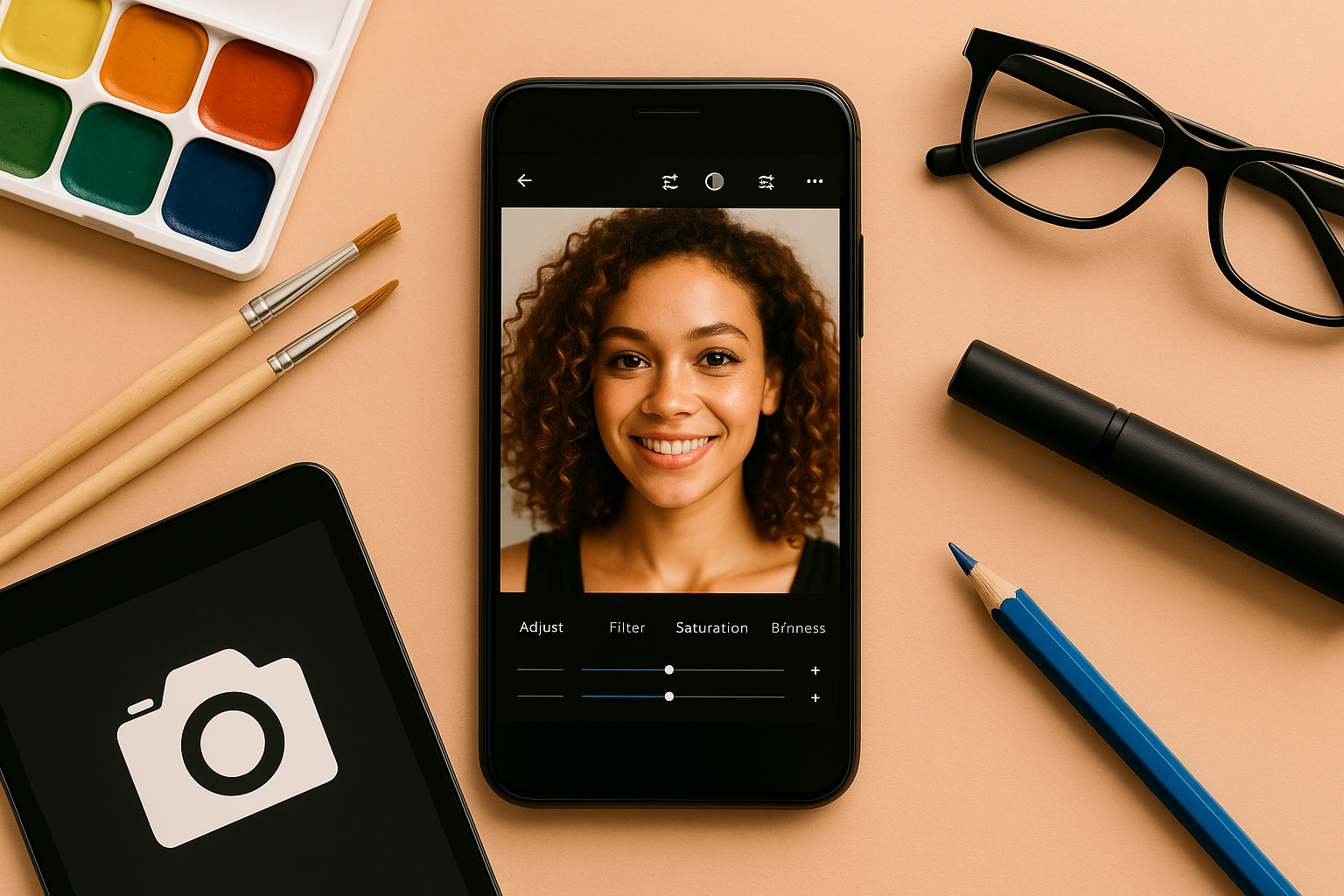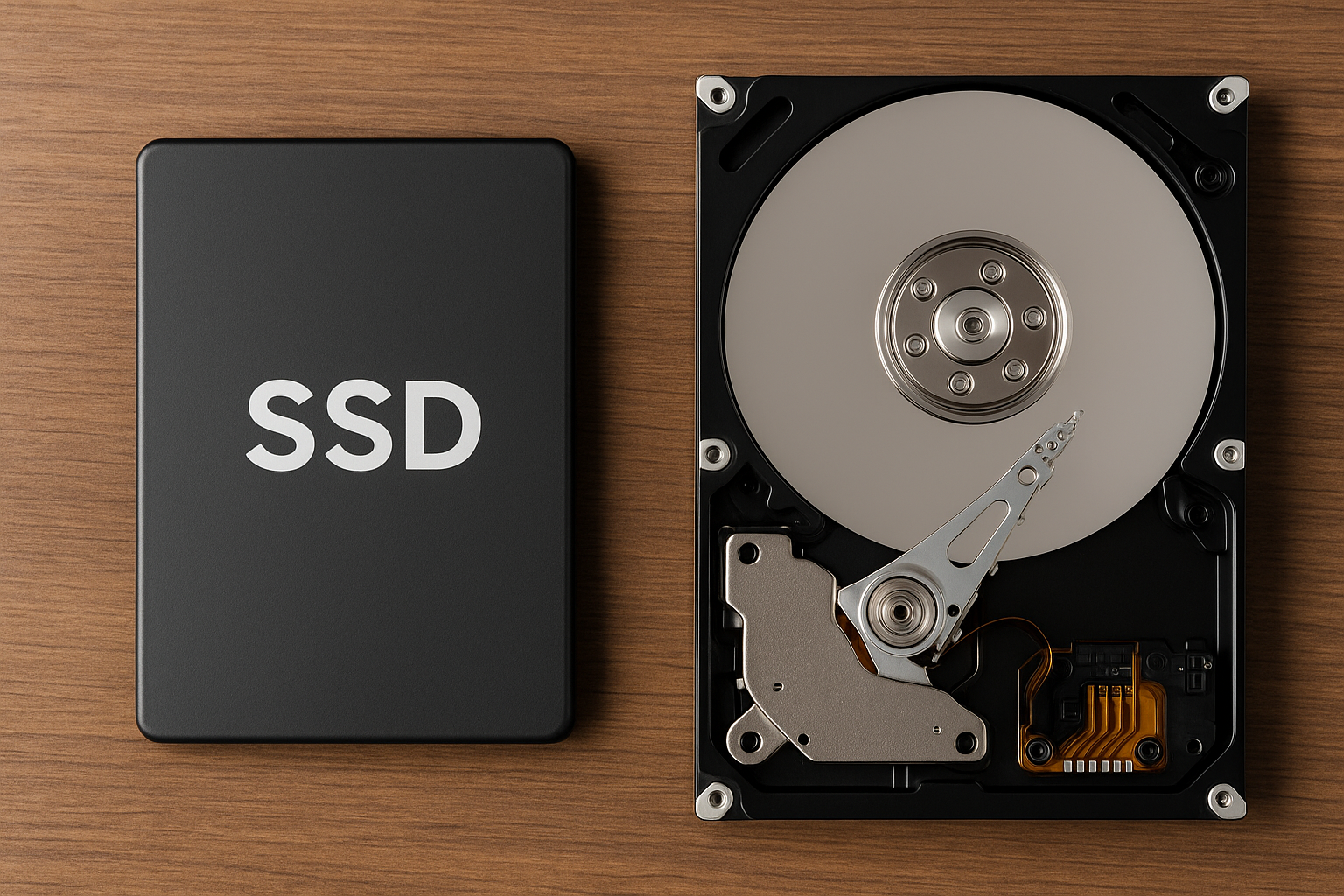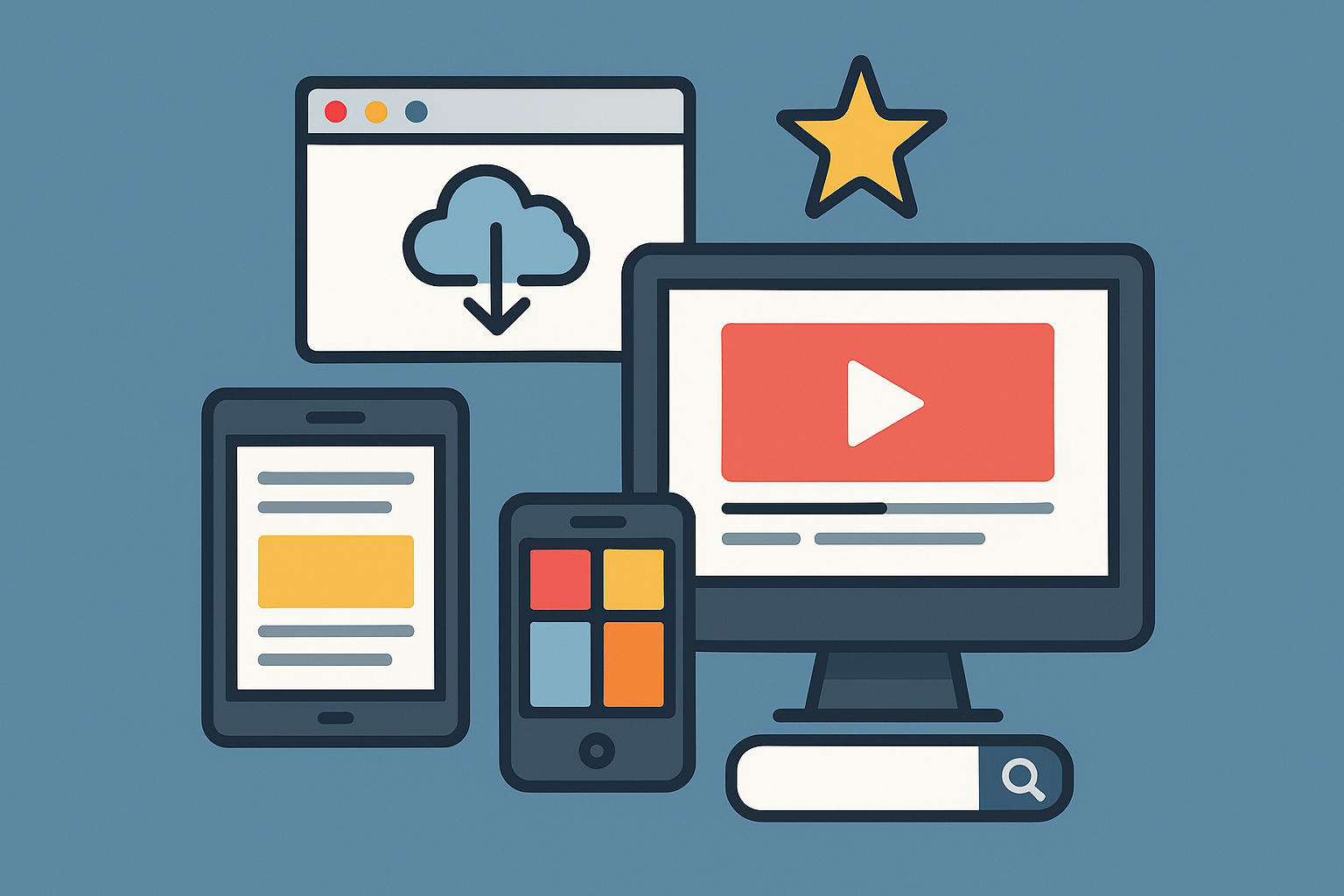Choosing a smartphone is no longer just about hardware — it’s also about the software experience. In 2025, the debate between Android and iOS remains as relevant as ever, with both platforms offering sleek devices, powerful ecosystems, and unique advantages.
But which one is right for you? Whether you’re buying your first smartphone or considering switching sides, this guide will help you understand the key differences between Android and iOS — and make the best choice based on your needs.
Market Overview in 2025
As of 2025, Android still holds the majority share of the global smartphone market, powering devices from brands like Samsung, Google, Xiaomi, OnePlus, Motorola, and Asus. iOS, on the other hand, is exclusive to Apple’s iPhones, which dominate in markets like the U.S., Japan, and parts of Europe.
While the core experience of both platforms remains familiar, both ecosystems have evolved significantly. Let’s break it down.
User Interface and Experience
iOS (Apple)
- Consistent, polished, and highly intuitive
- Fewer customization options, but more uniform performance
- Ideal for users who prefer a clean, straightforward interface
Android
- Varies depending on the manufacturer (Samsung One UI, Google Pixel UI, etc.)
- Highly customizable — widgets, themes, launchers
- More flexible for tech-savvy users who like to tweak their system
Verdict:
If you love customization, Android wins. If you want simplicity and consistency, iOS is your best bet.
App Availability and Ecosystem
Both platforms have access to millions of apps, but there are some differences:
App Quality:
iOS apps often debut first and are more optimized for Apple devices. Developers usually prioritize iOS for its profitability.
Play Store vs App Store:
- Apple has stricter guidelines for app quality and privacy
- Google Play offers more variety but occasionally lets low-quality or duplicate apps slip through
Cross-Device Integration:
- iOS integrates seamlessly with Apple Watch, Mac, iPad, and AirPods
- Android integrates well with Google services and a wide variety of smart home devices
Verdict:
If you’re invested in the Apple ecosystem, iOS offers unmatched continuity. But Android is more open and flexible, especially with third-party apps and smart home gadgets.
Device Variety and Pricing
iOS:
- Limited to iPhones only
- Premium pricing (from $599 to $1,699)
- Fewer models per year, but high build quality across all devices
Android:
- Dozens of models from various brands
- Prices range from entry-level ($100) to flagship ($1,500+)
- Great value in mid-range and budget categories
Verdict:
Android offers more choice and affordability. iPhones are premium and consistent but expensive.
Performance and Speed
iOS:
- Apple’s custom A-series chips are industry leaders
- iOS is optimized for performance and longevity
- Less RAM needed due to tight integration between software and hardware
Android:
- Flagships with Snapdragon 8 Gen 3 or Tensor G3 chips are very powerful
- Mid-range phones may show occasional lags depending on manufacturer optimization
Verdict:
iPhones often edge out in raw performance, especially for gaming and video editing. But top-tier Androids hold their own.
Software Updates
iOS:
- Receives updates for 5–6 years
- Updates arrive instantly for all devices on launch day
Android:
- Google Pixels and some Samsung phones now get 4–7 years of updates
- Other brands may delay updates due to custom UI layers
Verdict:
If long-term updates are a priority, iOS is still more consistent — but Android is catching up fast.
Privacy and Security
iOS:
- Industry leader in privacy-first features
- App Tracking Transparency and local AI for processing data
- No sideloading of apps (unless jailbroken)
Android:
- Strong security features like Google Play Protect
- More control for advanced users (like sideloading or changing default apps)
- Greater vulnerability due to ecosystem openness
Verdict:
iOS offers stricter privacy controls by default. Android gives more freedom, but you need to be careful about what you install.
Customization and Control
Android:
- Change your launcher, icons, keyboard, and even ROMs
- Use automation tools like Tasker
- Set third-party apps as default (e.g., browsers, cameras, messaging apps)
iOS:
- Limited customization
- Widgets and Focus Modes added flexibility in recent versions
- Still locked in to Apple defaults for many core features
Verdict:
Android is the king of customization. iOS focuses on consistency and curated experiences.
Voice Assistants and AI
Android (Google Assistant):
- More powerful in general knowledge and contextual queries
- Integrated deeply into Google services
- Available across multiple device types
iOS (Siri):
- Improved in 2025, but still trails in capability
- Focuses more on privacy and on-device processing
- Deeper integration with Apple-exclusive apps
Verdict:
Google Assistant is still smarter and more flexible. Siri is catching up with better on-device learning.
Battery Life and Charging
iOS:
- Efficient power management
- Great standby time
- Limited fast-charging options (20W to 27W)
- No USB-C on older iPhones (introduced on iPhone 15 Pro)
Android:
- Some models charge at 65W, 100W, or more
- More control over battery usage (adaptive battery, app limits)
- USB-C universally adopted
Verdict:
Android wins on charging speed and universal cables. iPhones offer efficient battery management.
Which One Should You Choose?
Let’s break it down based on your needs:
Choose iOS if you:
- Already use a Mac, iPad, or Apple Watch
- Want the best long-term software support
- Prefer a curated, secure, and seamless experience
- Prioritize privacy over flexibility
Choose Android if you:
- Want more device options and price flexibility
- Like to personalize your phone’s look and behavior
- Prefer Google services like Gmail, Maps, and Assistant
- Value fast charging and newer tech features
Final Thoughts: It’s Not About Which Is Better — It’s About What’s Better for You
In 2025, both Android and iOS are mature, powerful platforms. Instead of asking which is better in general, ask which is better for your specific lifestyle and priorities.
Do you want openness and freedom to tweak everything? Go with Android.
Do you want seamless integration and a secure environment? iOS might be your match.
The best part? No matter which you choose, you’ll be getting a device that’s capable of much more than just making calls.
